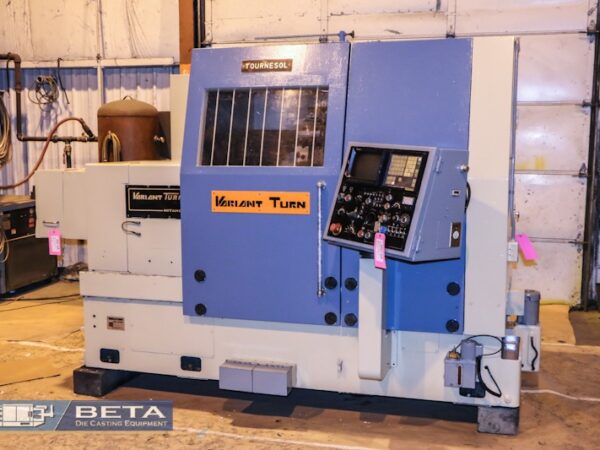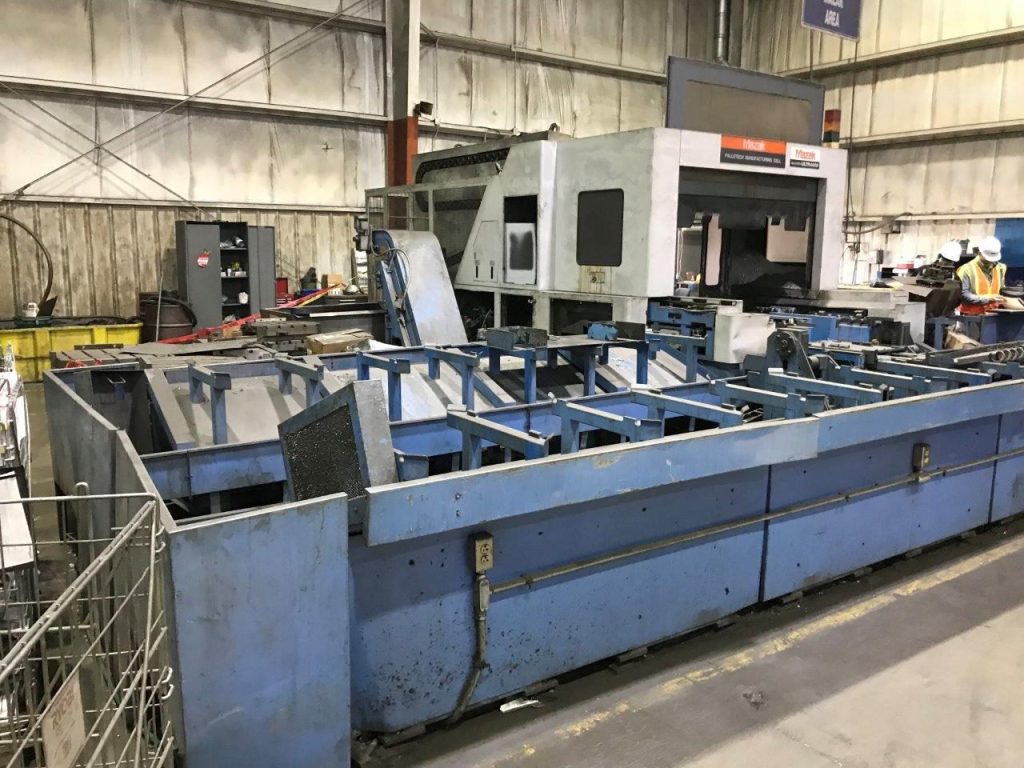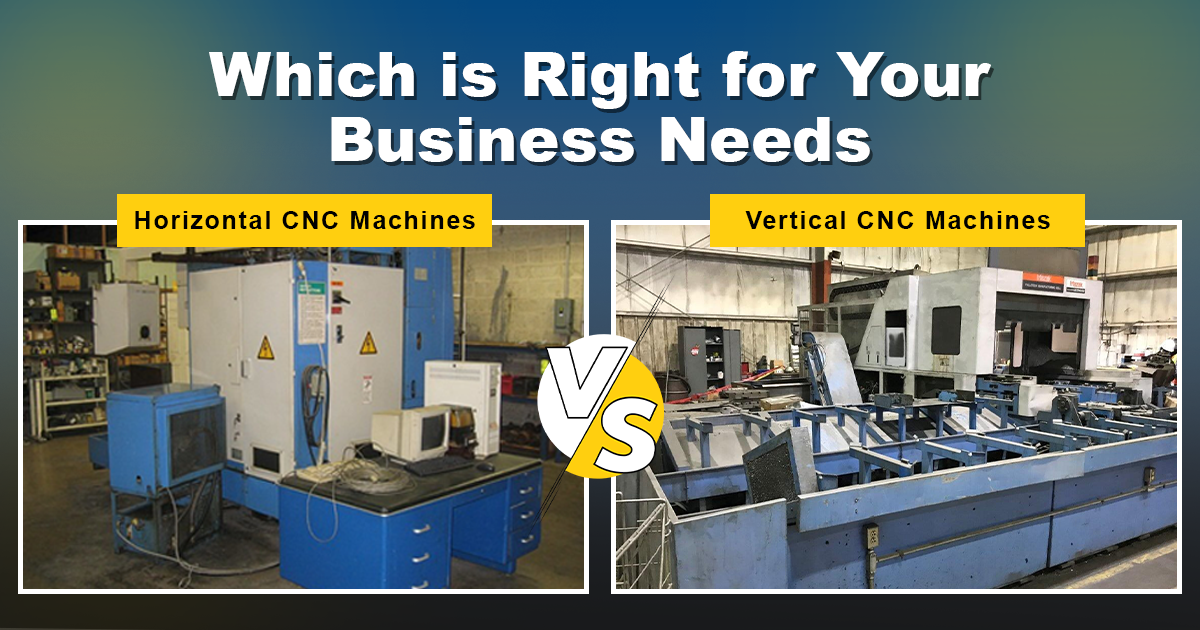Horizontal CNC Machines vs. Vertical CNC Machines | Which is Right for Your Business Needs
In today’s fast-paced manufacturing world, choosing the right equipment can make a significant difference in your business’s productivity, efficiency, and overall success. Computer Numerical Control (CNC) machines have revolutionized the way industries produce parts, offering precision, automation, and consistency.
Among the myriad of CNC machines available, horizontal and vertical CNC machines are two primary types that businesses often consider. Understanding their differences, advantages, and suitability for various applications is crucial for making an informed decision that aligns with your business needs.
What Are Horizontal and Vertical CNC Machines?
CNC machines are automated systems designed to perform machining operations such as cutting, drilling, milling, and turning with remarkable accuracy. The key distinction between horizontal and vertical CNC machines lies in the orientation of the spindle, which houses the cutting tool.
A vertical CNC machine has a spindle that is oriented vertically, pointing downward toward the workpiece. These machines are commonly used for flat or smaller parts, as the design allows for easy loading and unloading of materials. On the other hand, a horizontal CNC machine features a spindle that is positioned horizontally. These machines are typically used for larger, more complex parts and are ideal for projects that require working on multiple sides of a component.
Advantages of Vertical CNC Machines

Vertical CNC machines have gained immense popularity due to their versatility, affordability, and ease of use. Their design makes them suitable for a wide range of industries, including automotive, aerospace, and general manufacturing. Here are some key advantages:
- Cost-Effectiveness: Vertical CNC machines are generally more affordable than their horizontal counterparts. They have simpler designs and lower production costs, making them an excellent choice for small to medium-sized businesses or those operating on a tight budget.
- Ease of Operation: These machines are user-friendly and require less specialized training compared to horizontal CNC machines. Their straightforward interface and accessible design make them an attractive option for companies new to CNC machining.
- Space Efficiency: Vertical CNC machines occupy less floor space, making them suitable for businesses with limited workspace. Their compact design allows for easier integration into smaller facilities.
- Precision in Vertical Cuts: The vertical orientation is particularly advantageous for operations requiring precise cuts on flat surfaces, such as engraving or face milling. This makes them ideal for producing intricate designs or smaller components.
- Lower Maintenance Costs: Due to their simpler construction, vertical CNC machines typically require less maintenance. Replacement parts and servicing are more affordable, reducing the total cost of ownership over time.
Advantages of Horizontal CNC Machines

Horizontal CNC machines, while often more expensive, provide distinct advantages that make them indispensable for certain applications. Their robust construction and advanced features cater to businesses with high production demands or those working on large-scale projects. Here’s why you might consider investing in a horizontal CNC machine:
- Higher Productivity: One of the most significant advantages of horizontal CNC machines is their ability to perform multiple operations simultaneously. With tools mounted on both sides of the spindle, they can work on multiple faces of a part without the need for repositioning, drastically reducing cycle times.
- Superior Chip Evacuation: Horizontal machines excel in chip removal due to their gravity-assisted design. The horizontal orientation allows chips to fall away from the workpiece, preventing clogging and reducing heat buildup. This feature is particularly beneficial for deep-hole drilling and heavy-duty milling.
- Enhanced Rigidity and Stability: The robust construction of horizontal CNC machines provides better stability during high-speed or heavy-duty operations. This results in higher accuracy and a superior surface finish, especially when working with hard or dense materials.
- Versatility for Complex Parts: Horizontal CNC machines are ideal for machining complex parts that require access to multiple sides. Their ability to handle intricate geometries and larger components makes them indispensable for industries like aerospace, oil and gas, and heavy machinery manufacturing.
- Reduced Downtime: With the ability to perform multiple operations without repositioning, horizontal CNC machines minimize downtime. The integrated pallet changer further enhances efficiency, enabling continuous production with minimal operator intervention.
Comparing Horizontal and Vertical CNC Machines
When deciding between horizontal and vertical CNC machines, it’s essential to consider several factors, including your business needs, production volume, material types, and budget. Let’s delve deeper into these considerations to help you make the right choice.
- Complexity of Parts: If your projects involve simple, flat components or require straightforward machining operations, a vertical CNC machine is likely sufficient. However, for intricate designs, complex geometries, or multi-sided machining, a horizontal CNC machine is more suitable.
- Production Volume: Horizontal CNC machines are better suited for high-volume production due to their efficiency and ability to perform multiple operations simultaneously. Vertical machines, while versatile, may struggle to match the productivity levels of their horizontal counterparts in large-scale manufacturing environments.
- Material Handling: Consider the size, weight, and type of materials you work with. Horizontal machines are better equipped to handle larger, heavier materials, while vertical machines are ideal for smaller, lightweight components.
- Budget Constraints: For businesses with budget limitations, vertical CNC machines provide an economical solution without compromising on quality for most applications. Horizontal CNC machines, while more expensive, offer long-term cost savings for high-production settings.
- Facility Space: Evaluate the available space in your facility. Vertical CNC machines are compact and can fit into smaller work areas, whereas horizontal machines require more floor space and infrastructure.
Making the Right Choice for Your Business
Selecting the right CNC machine depends on your unique operational requirements and long-term goals. Here are some additional tips to guide your decision-making process:
- Assess Your Current and Future Needs: Consider not only your immediate production requirements but also potential future projects. Investing in a machine that can accommodate growth or diversification will yield better returns over time.
- Consult with Industry Experts: Engaging with CNC machine manufacturers or industry consultants can provide valuable insights into the best equipment for your specific needs. Many suppliers offer demonstrations or allow trial runs to help you evaluate machine performance.
- Factor in Maintenance and Training Costs: While horizontal CNC machines may offer higher productivity, they also demand more specialized maintenance and operator training. Vertical machines, with their simplicity, may result in lower ongoing costs.
- Evaluate ROI: Consider the return on investment (ROI) for each option. Horizontal machines may require a higher initial outlay but can deliver significant savings in labor and production time. Vertical machines, on the other hand, offer a more accessible entry point with quicker setup times.
Conclusion
The choice between horizontal and vertical CNC machines is a critical decision that can impact your business’s efficiency, productivity, and profitability. By carefully evaluating your production requirements, budget, and long-term goals, you can select a CNC machine that aligns with your business objectives. Whether you prioritize cost-effectiveness, precision, or scalability, the right CNC machine can serve as a cornerstone of your manufacturing success.

